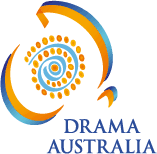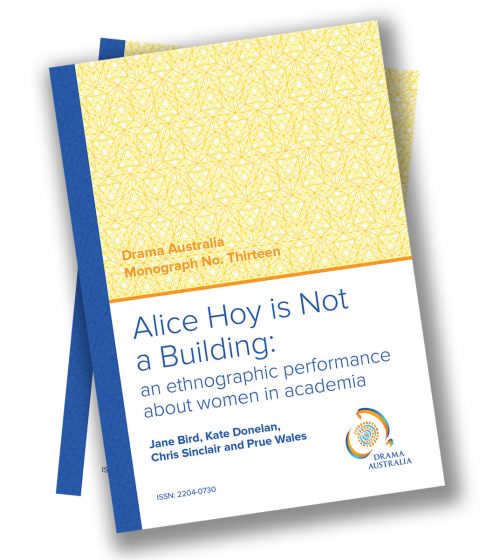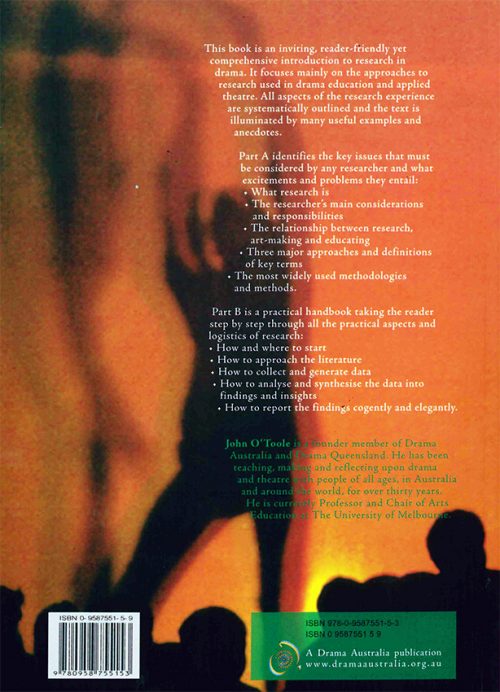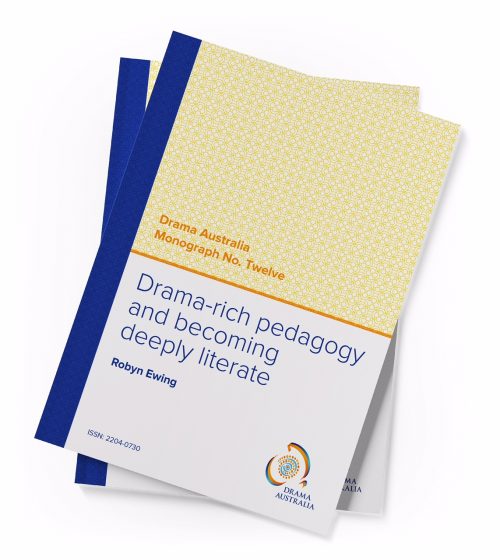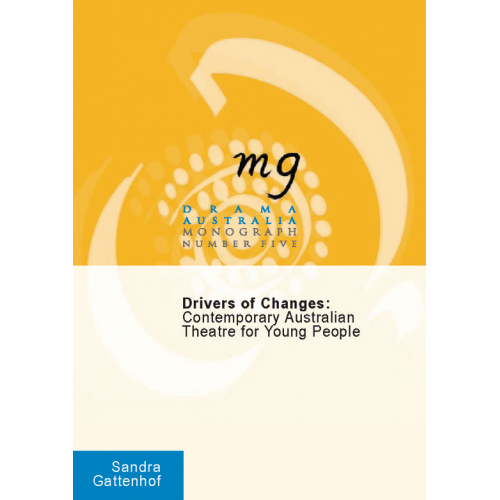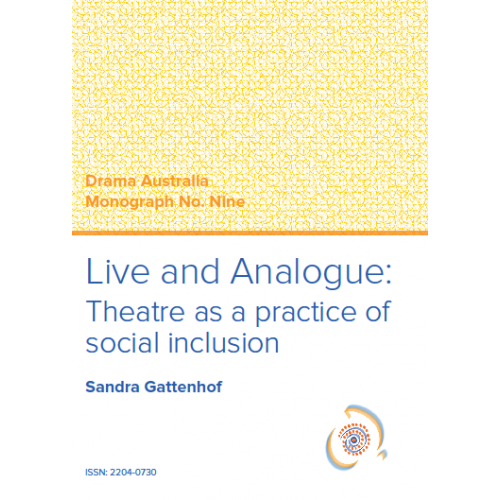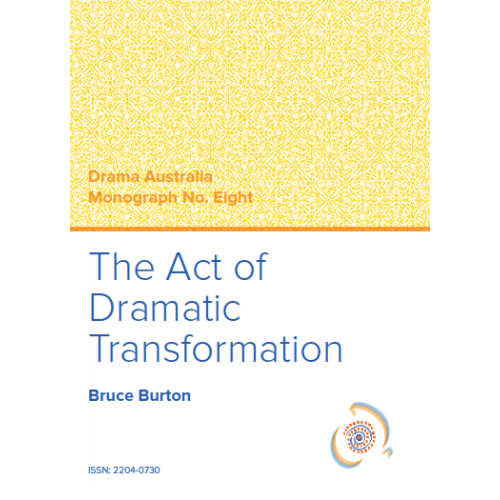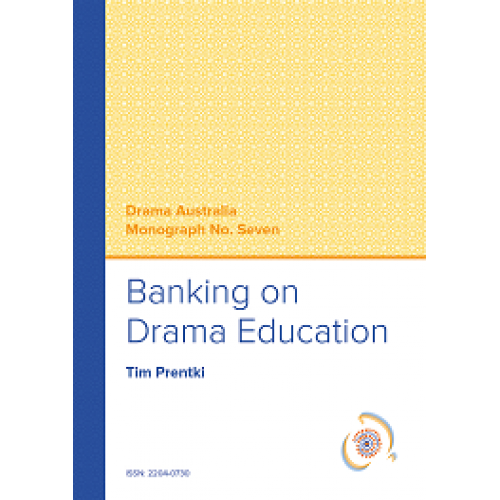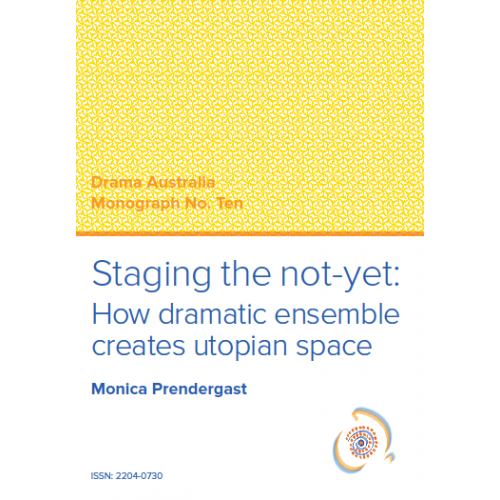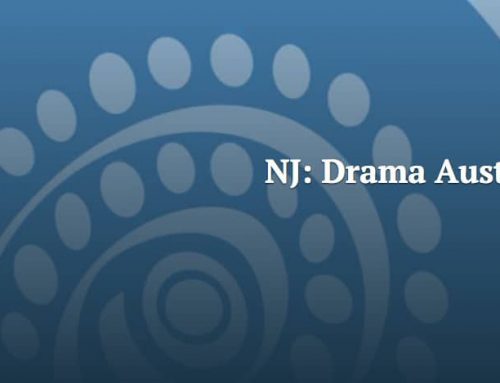More Than Words Can Say: A View of Literacy Through The Arts
This is a collection of papers that attempt to define what is meant by ‘literacy’ in each of the art forms: dance, drama, media, music, visual art and design. The intention is to stimulate discussion amongst teachers and to raise awareness of the potential for the arts to enhance learning across the curriculum.
Chapter titles are:
- A view of literacy through the arts by Joan Livermore
- Visual literacy by Lee Emery & Adele Flood
- Design literacy: process & product by Keith Russell, Kathryn Grushka & Howard Middleton
- The language of dance by Ralph Buck
- I hear what you mean: music literacy in the information technology age by Margaret S. Barrett
- The language of drama: making and communicating meaning by Robin Pascoe
- Media literacy and the information age by Robyn Quin
Sampling The Arts
This book shares some practical ideas and experiences of a group of primary and secondary arts teachers who came together for a series of workshops called The Work Samples project.
Sampling the Arts tells real-life stories of teachers which give insight into how they organised the learning experience for their students; how the students responded; how the teachers tackled the task of assessing levels of achievement.
The lesson samples present a brief school profile and class description, and cover aims, preparation, equipment & resources used, processes, teacher intervention and skills & techniques. It includes teachers’ annotations and assessment ideas, student remarks and comments from the editor in response to the most consistent concerns arising when teaching arts subjects in schools. Subject areas covered are dance, drama, media, music and visual arts.
The Mayer Key Competencies in Arts Education
Originally published in 1997, this report is even more significant today in light of the new National Curriculum. The Mayer Key Competencies is useful for anyone teaching or assessing arts learning in the curriculum because it shows how the key competencies may be applied across the five arts areas. It explains how the concept of ‘competency’ makes sense in the arts field.
Table of contents:
- Outline of the project
- Some important issues
- Assessing the key competencies
- Links with industry
- Collecting, analysing & organising information
- Communicating ideas and information
- Planning and organising activities
- Working with others and in teams
- Using mathematical ideas and techniques
- Solving problems
- Using technology
- Cultural understandings
- Acquiring the key competencies through the arts
- Reflections and discussion
The publication was the major outcome of a project conducted by the National Advocates for Arts Education (NAAE) and the Australian Council for Educational Research (ACER) on behalf of the Commonwealth Department of Employment and Education, Training and Youth Affairs (DEETYA).
The Mayer Key Competencies in Arts Education PDF
The Arts: Essential Learning For All Teachers
This document was a submission made by the NAAE to the federal Committee for the Review of Teaching and Teacher Education in response to the discussion paper Young People, Schools and Innovation: towards an action plan for the school sector (March 2003).
The discussion paper focused on creativity and innovation in relation to science, technology and mathematics education, so the NAAE submission asserted “that in anticipating the needs of students and teachers of the Knowledge Economy and Information Society, teacher education must include study of the arts and their associated pedagogies”.
Although this submission was made many years ago, its focus on the deficiencies in teacher education in the arts makes it as relevant today as in 2003.
You will need Adobe® Reader to view these documents if you don’t have it you can download it here.
